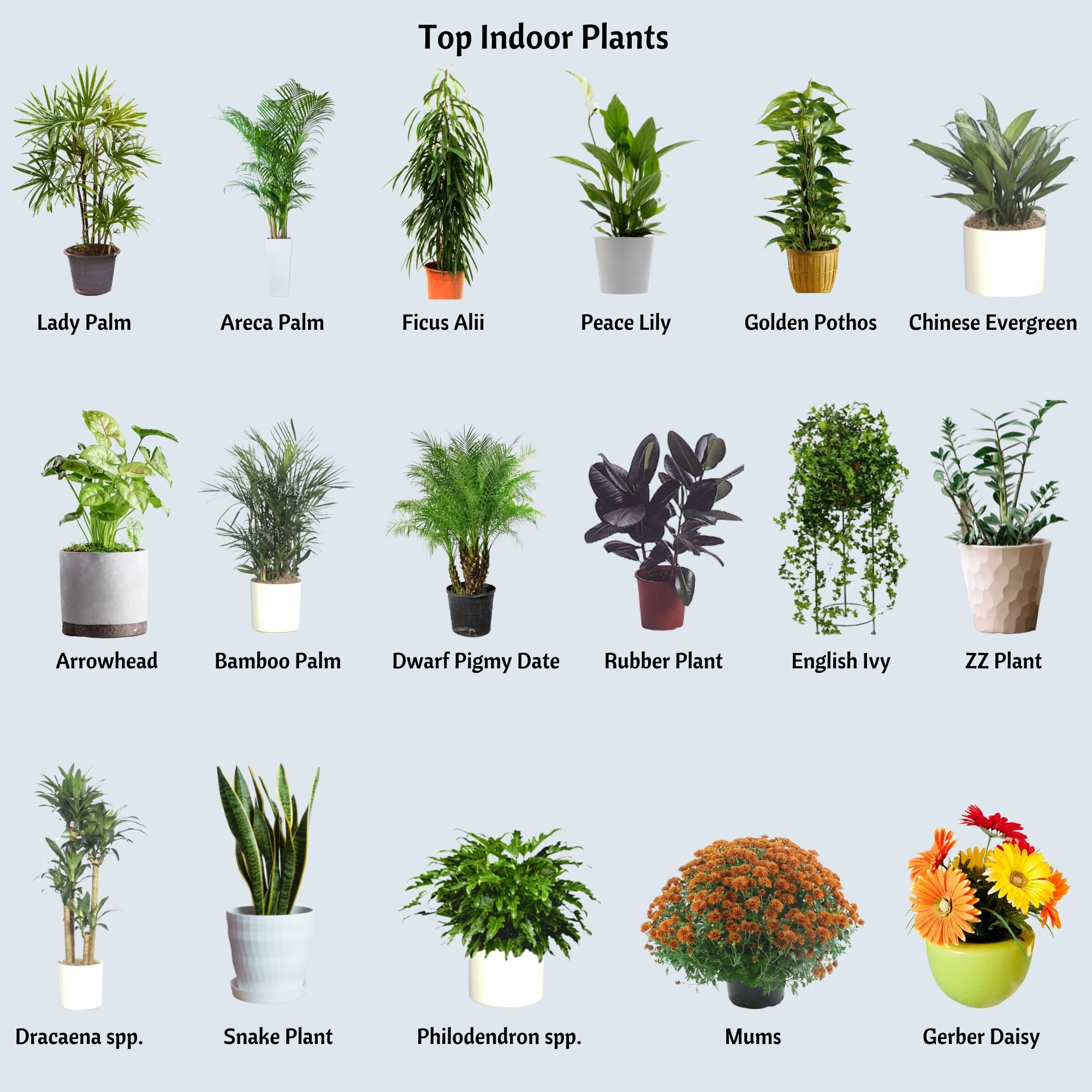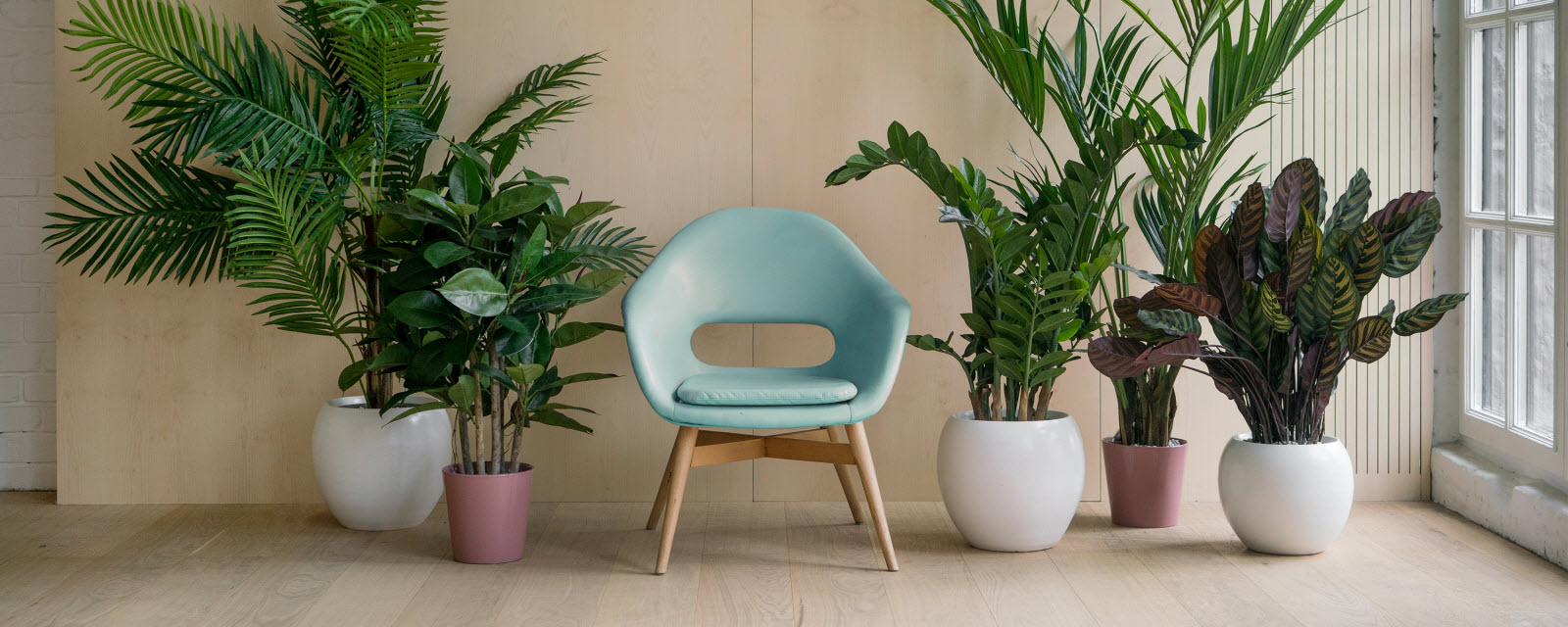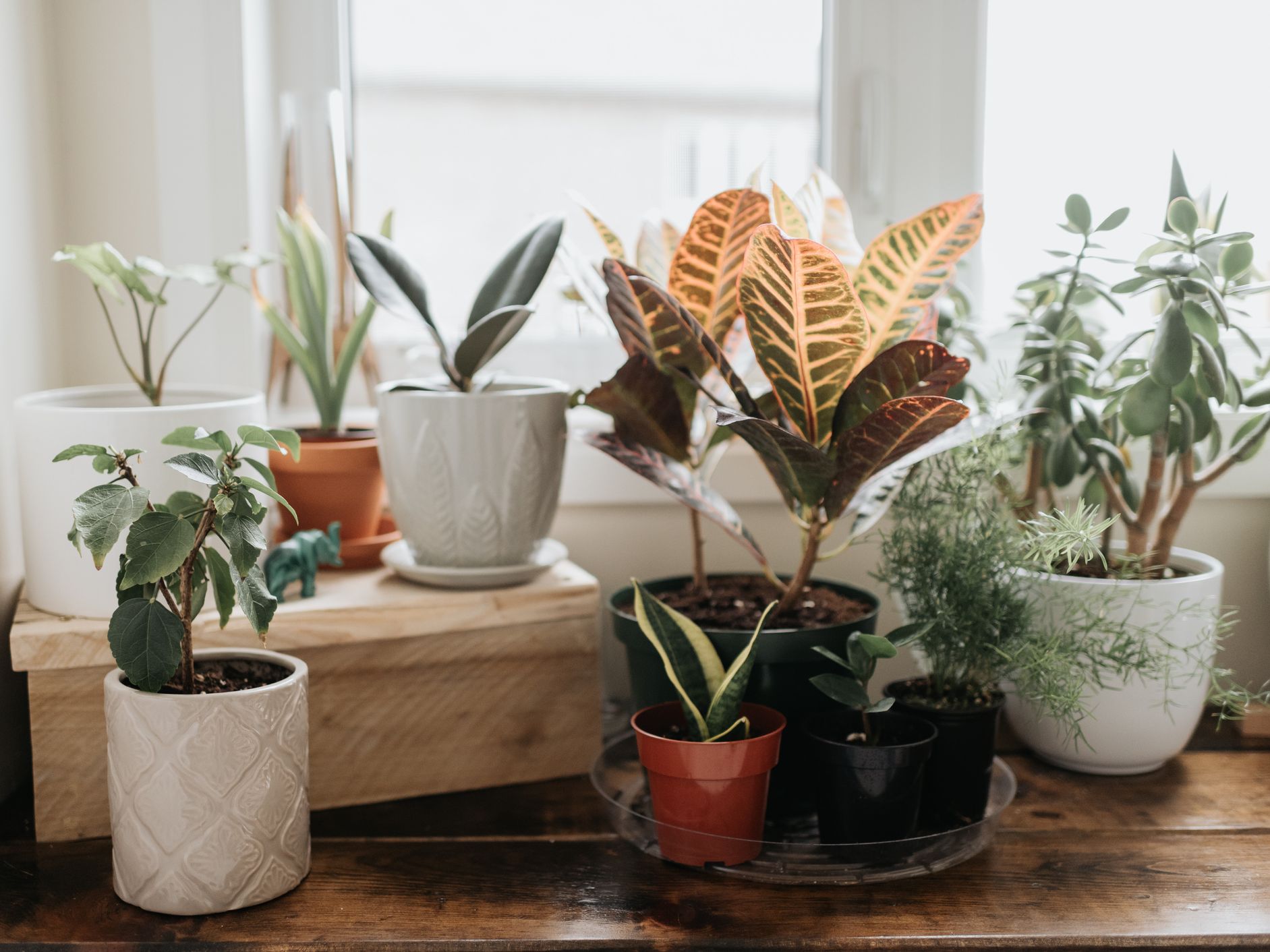How to Select Plants for Home Air Quality?
Having plants in your home can not only add beauty and ambiance but also improve the air quality. Indoor plants have been proven to help reduce pollutants and purify the air, making it healthier to breathe. If you’re looking to enhance the air quality in your home, here are some tips on how to select the best plants for your space:
1. Consider Your Space
Before you start buying plants, take a look at the space in your home where you want to place them. Consider factors like the amount of light the area receives, the temperature, and the size of the room. Some plants require more sunlight than others, so it’s important to choose plants that will thrive in your specific environment.
2. Research Air-Purifying Plants
Not all plants are created equal when it comes to purifying the air. Some plants are better at removing toxins and pollutants than others. Do some research on air-purifying plants like peace lilies, spider plants, snake plants, and aloe vera. These plants are known for their ability to cleanse the air and improve indoor air quality.
3. Consider Low-Maintenance Plants
If you’re new to gardening or don’t have a green thumb, choose plants that are low-maintenance. There are plenty of air-purifying plants that require minimal care, such as pothos, spider plants, and snake plants. These plants are perfect for beginners and can thrive even with neglect.
4. Evaluate Your Needs
Think about why you want to add plants to your home. Are you looking to improve the air quality, add a pop of color, or just enjoy the benefits of gardening? Consider your needs and choose plants that align with your goals. You can also mix and match different types of plants to create a unique and personalized green space in your home.
5. Consult with Experts
If you’re unsure about which plants to choose or how to care for them, don’t hesitate to consult with experts. Visit your local nursery or garden center and ask for recommendations based on your specific needs and space. The staff will be able to provide guidance on the best plants for air quality and offer tips on how to keep them healthy and thriving.
6. Monitor Your Plants
Once you’ve selected and placed your plants in your home, make sure to monitor them regularly. Check for signs of overwatering, underwatering, pests, or disease. Proper care and maintenance are essential for keeping your plants healthy and ensuring they continue to improve the air quality in your home.
7. Enjoy the Benefits
Having plants in your home not only enhances the aesthetics but also contributes to a healthier living environment. Enjoy the benefits of cleaner air, reduced stress, and improved overall well-being. Selecting the right plants for your space can make a significant difference in the air quality and ambiance of your home.
Conclusion
Selecting plants for home air quality is a simple yet effective way to improve the air you breathe and create a more pleasant living environment. By choosing the right plants for your space, you can enjoy the benefits of cleaner air, enhanced aesthetics, and a healthier home. Follow these tips to select the best plants for your home and start reaping the rewards of a greener, healthier living space.



